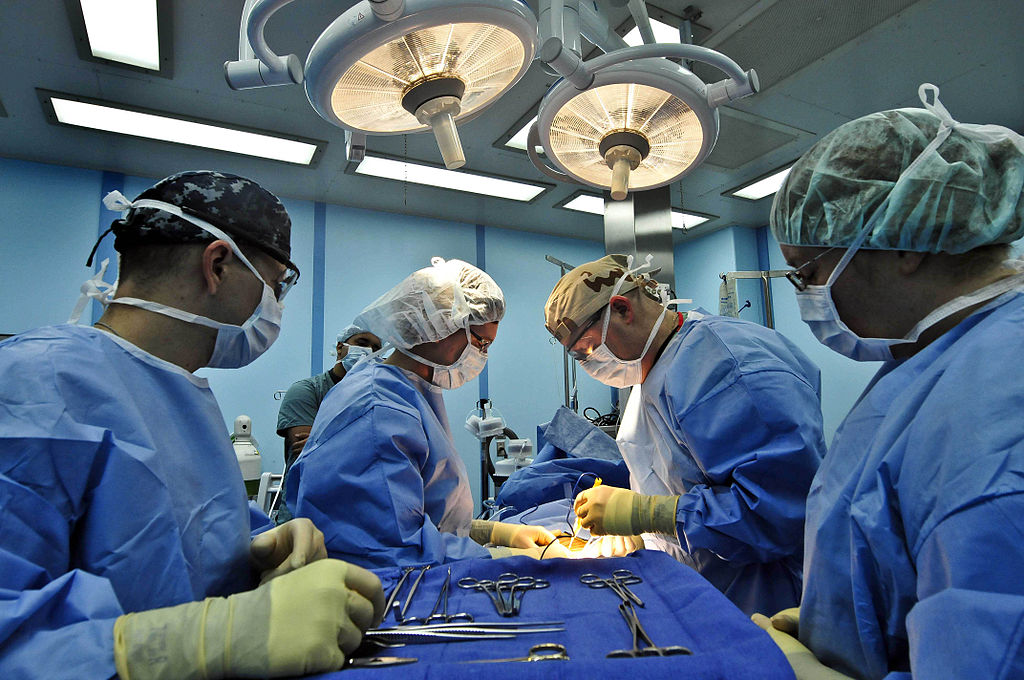
Whether you have been the subject of a procedure involving surgical suction, or if you have just seen it on the television dramas, it’s fair to say that most of us think that it comes in one shape, and one form. Its importance means that the wrong selection can endanger the health of a patient.
As the title may have given away, this isn’t necessarily the case. When surgeons turn to suction during a procedure, they are left with several drain choices. It means that not all surgeries will involve the same type of suction, but more on that later.
To give more of an idea of suction, and just why and how it is used, here’s a lowdown on how surgeons approach it.
What is suction and why is it used?
Suction is something which will be used in the vast majority of surgeries around the world, usually with aspirator pumps. The main aim is to drain fluid from an area or to decompress it. Fluid could come in the form of blood or pus, or in some cases a surgeon might simply want to prevent air accumulating in a certain area of the body. There are even times where fluid might be removed to identify possible leakages.
In truth, the list for surgeries involving suction could be endless. It ranges from plastic surgery, to breast surgery to chest drainage.
One of the most interesting parts about surgical drainage is that there isn’t really a set amount of “rules” for surgeons to follow. In other words, most surgeons will simply use their own preferences – there is little scientific backing which highlights how suction should be performed effectively.
What are the different types of suction available to surgeons?
As we’ve pointed out, suction isn’t necessarily a one-fits-all solution. There tends to be three types of surgical drain.
The first comes in the form of the open or closed drain. In the case of the former, this involves draining fluid into something like a stoma bag or a gauze pad. A closed drain meanwhile will be within a tube, with the fluid draining into a bag. The latter tends to be more common as there is a smaller chance of infection, due to the fact that fluid isn’t in the open.
The other type of drain available to surgeons is one which is active or passive. Active drains have constant suction, which will be either low or high pressure. On the flip side, if the surgeon opts for a passive drain, it means that there isn’t any suction and they only work courtesy of the differential pressure which is formed between the body and outside of the body.
The final suction option is whether or not the drain is made out of rubber or silastic. In the case of rubber, these tend to exhibit more pressure on tissue and can result in a tract forming. In some cases this is a positive thing, but in others a surgeon may opt for the silastic drain which has softer reactions on tissue.